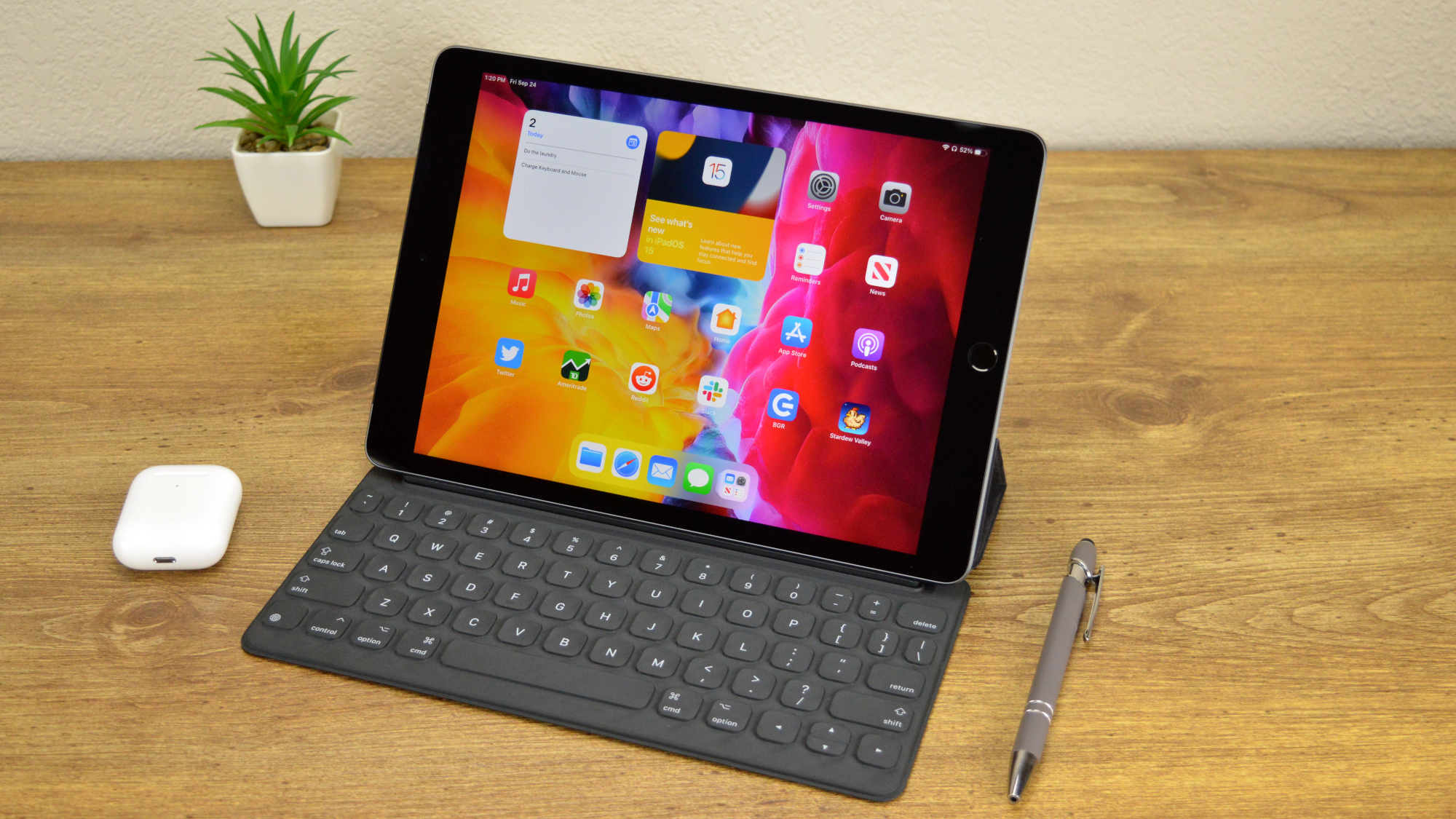This article was produced by National Geographic Traveller (UK).
It was during the mid-1970s in Birmingham that balti was born. Here, in the UK’s second city, where South Asian culinary culture is influenced by the western palate, the sweet and spicy curry dish fast became a permanent fixture on menus. Cooked quickly over a high flame, it’s ideally served in around 10 minutes, and while balti is now known world over, it’s so adored in the Midlands that there’s even been calls to officially give it Traditional Speciality Guaranteed (TSG) status as part of the European Protected Food Names scheme. But what exactly is a balti?
Origins
Balti was first introduced to Birmingham around 1975 by a local Pakistani restaurateur, in an effort to appeal to westerners with a fast-cooked, mildly spiced dish. “He wanted to attract white Brummies and knew they would want quick service and meat off the bone, as opposed to the Pakistani custom [of meat on the bone],” says local author and historian Andy Munro. Something of a balti guru, Andy grew up in what’s become known as the Balti Triangle area of southeast Birmingham and estimates that he’s consumed more than 2,000 baltis over his lifetime. This style of recipe, he says, “preserved the idea of ‘one pot’ cooking, which was popular in the mountainous areas of Kashmir.”


Balti was introduced to Birmingham in the 1970s by a Pakistani restaurateur who wanted to create a dish suited to mild western tastes. Today it’s served at restaurants including Shababs, in the city’s Balti Triangle district.
Photograph by Ben Rowe (Top) (Left) and Photograph by Ben Rowe (Bottom) (Right)
To perfect his Pakistani-Kashmiri cooking, the restaurateur had a wok-style bowl specially designed in Birmingham — known today as a balti bowl. It was made using pressed steel which heats up quickly, with a flat bottom for stability on the stove and flat handles that allow easier manoeuvrability both on the stove and on the table, where it’s served directly to the customer. To this day, authentic balti bowls are still manufactured in Birmingham.
How it’s made
The balti is a simple dish but must be cooked fast over a high flame to create a crispy, caramelised burn on the edge of the sauce. It’s unique from other types of curry as it’s served and eaten out of the same balti bowl it’s cooked in. If it’s not served this way, it’s not an authentic balti.
Protein and ingredient quantities vary from restaurant to restaurant, but the base of onion, garlic, peppers, tomatoes and chillies never changes. Spices such as cumin, turmeric, fenugreek, garam masala are added, as well as the protein (usually chicken), a pinch of salt and fresh coriander to garnish. An authentic balti has a sweet twang and a mild spicy kick and is best mopped up out of the bowl with a pillowy-soft naan fresh from the oven. This is sometimes colloquially known as the ‘Birmingham scoop’.
“Although curry came from India and Pakistan, the balti was born in Birmingham,” says Zaf Hussain, head chef at one of the city’s most iconic balti house, Shababs. “And while curries are normally more like a stew, balti has a consistent, thicker sauce. The caramelised onions give it a natural sweetness, and it’s cooked with vegetable oil as opposed to ghee — traditionally used in India — which helps it cook faster over a high flame.”
The balti has been much replicated in modern times, with frozen ready meals and even pies, crisps and nuts all claiming to bear the iconic Birmingham flavour. But a balti’s true character will never be captured in variants like these, according to Andy, as the essence of the dish relies on it being cooked quickly over a strong flame.

The ‘Birmingham scoop’ is the term coined for mopping up balti with naan bread fresh from the oven. At the city’s Royal Watan restaurant, naans are made large enough to feed several people.
Photograph by Jack Spicer Adams
Where to eat it
1. Shababs
Birmingham’s Balti Triangle in the southeastern Sparkbrook neighbourhood hosted some 30 balti houses during its 1990s heyday, but now just a handful remain. Shababs is one of those. A mainstay since 1987, this local institution has grown from 22 covers to 122, and its bring-your-own-booze policy helps keep costs affordable for customers. Along with the chicken balti, perennial favourites include the lamb tikka and tandoori chicken wings.
2. Shahi Nan Kabab
Just a 10-minute stroll from Shababs, Shahi Nan Kabab has been serving balti since 1984 and comes highly rated by those in the know (including Andy Munro). Chef Azhar Mahmood, who’s been involved from its inception, earned his stripes cooking for the Pakistani navy. Before you tuck into a balti, try the tender lamb chops, cooked fresh over hot coals, and make sure you leave room for a garlic naan to Birmingham scoop the main event.
3. Royal Watan
There must have been something in the water in Birmingham in 1984, opening year of another local balti landmark, Royal Watan. Located in Selly Park, to the south of the city centre, it offers classic balti alongside original Pakistani dishes cooked balti-style with meat on the bone, rather than off. Try lassawalla gosht, listed on the menu as ‘grandma’s recipe’, consisting of lamb chops smothered in a thick, sweet balti sauce. Accompany it with one of the gloriously generous naans, so large they arrive at the table skewered on a kebab hanger.
To subscribe to National Geographic Traveller (UK) magazine click here. (Available in select countries only).
Note: This article have been indexed to our site. We do not claim legitimacy, ownership or copyright of any of the content above. To see the article at original source Click Here













